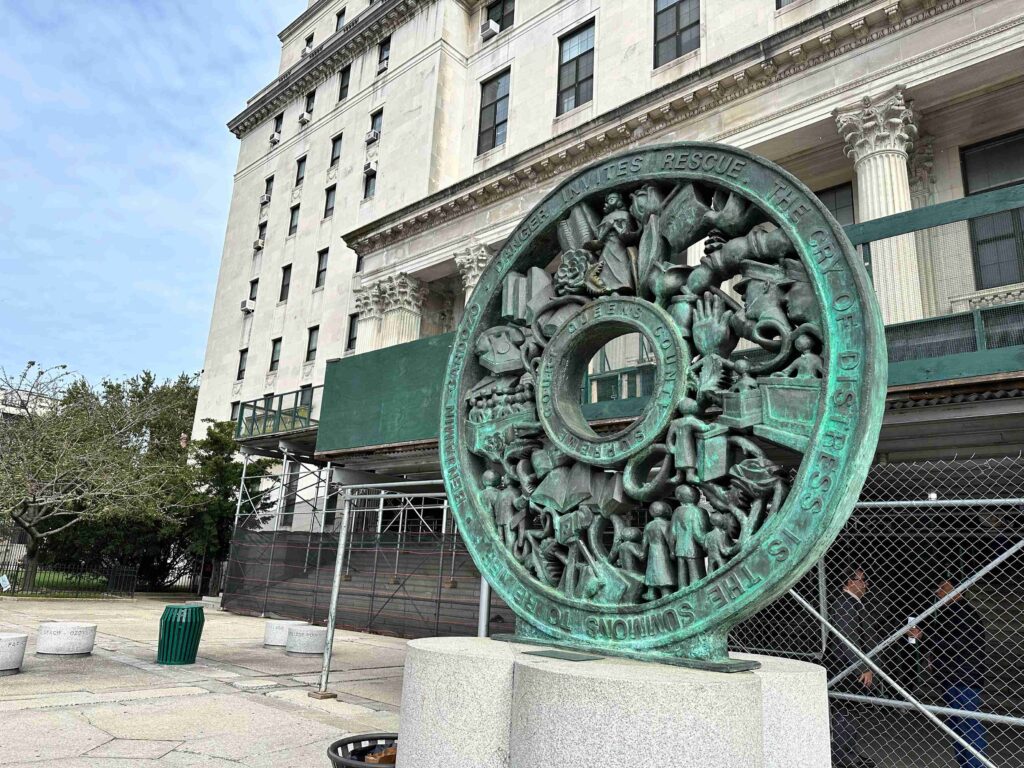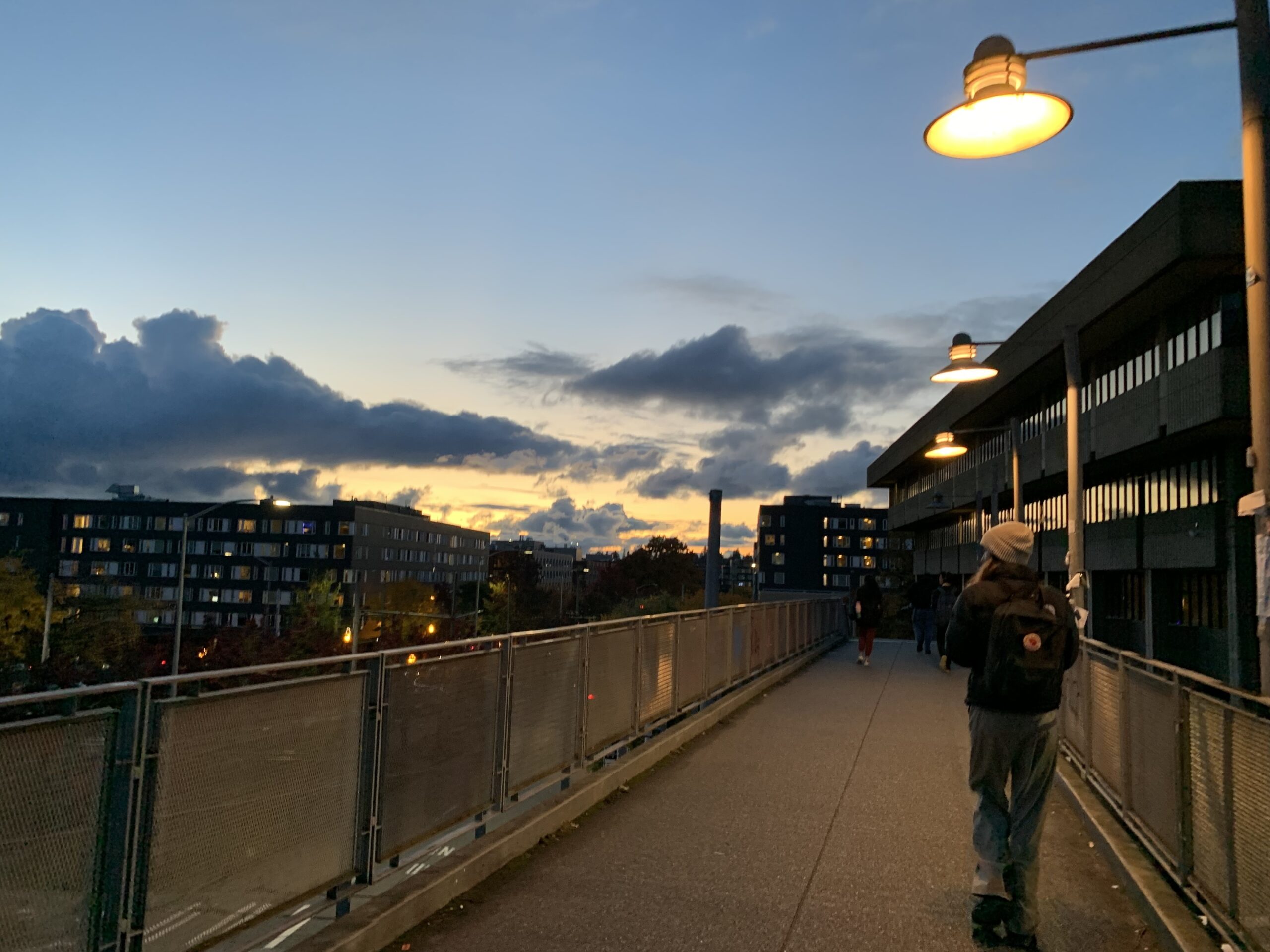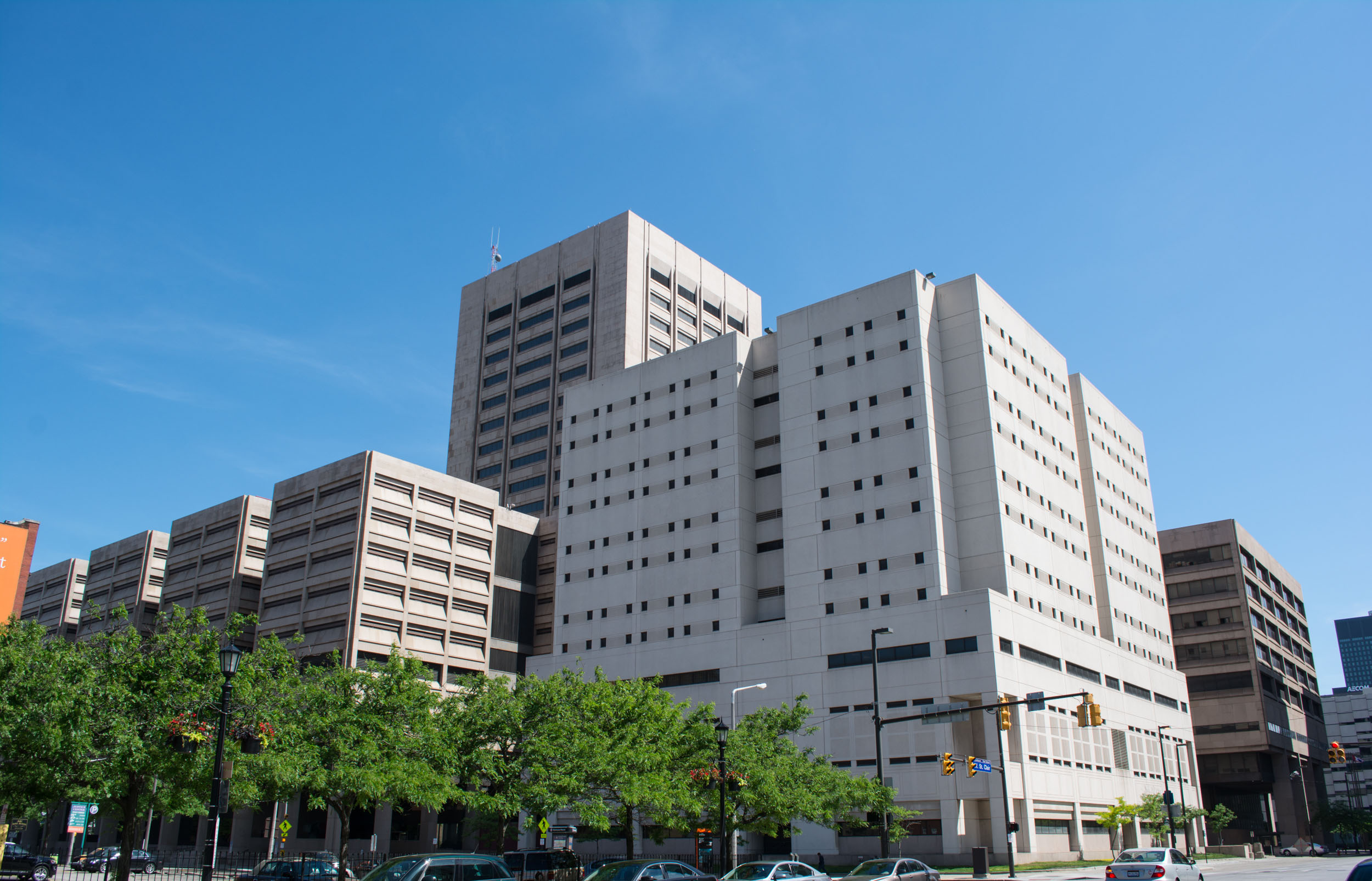(NEW YORK) — Sitting outside Courtroom 122 at the Queens County Supreme Court, bouncing my leg on the unforgiving wooden bench, I felt like I was on trial.
The Queens County Supreme Court opens at 9 a.m., but at 8:30 a.m. a long line had already started to form outside the building. As I walked up to the court officer who was directing foot traffic, she looked me up and down. Her glance stopped briefly on my Starbucks latte before asking, “Jury notice? Get on the line.”
I informed her that I was a student journalist hoping to observe a court proceeding for a medical malpractice case happening at 9:30 a.m. today. She nodded and affirmed, “Public is allowed to witness court proceedings, just wait over there.”
I sat next to a shivering, elderly woman in a wheelchair. At 9 a.m. sharp, the court officer ushered us all inside.
Although I knew not to bring my pepper spray that normally hangs on my lanyard, I didn’t expect to be stopped at the metal detector for my travel-size Glossier perfume. I frantically dug through the contents of my bag to locate the small metal tube before finding my way to the clerk’s office where I hoped to get some direction on my day.
“You’re a law student?” asked the clerk from behind the plexiglass.
“A student journalist, actually,” I replied.
The clerk dialed a number and spoke into the phone, “Yeah, there’s a law student here who wants to sit in on a case.”
One long, painfully redundant conversation later, I was told that I wouldn’t be allowed to observe the medical malpractice case that I had researched the night before. Although I knew the public has every right to sit in on court proceedings, I felt it was best not to argue with the clerk, who was already getting aggravated by my existence. Instead, I was instructed to wait outside Courtroom 122 and someone (no idea who) would let me in to observe a different case, just as long as the judge signed off.
And so I waited on the bench outside the courtroom for what seemed like forever but was actually an hour and 15 minutes. In that span of time, I saw a court officer escort eight jurors into the courtroom, I saw the judge enter her chambers, and the attorneys prepping their clients.
Fearful that I was missing the action, I finally worked up the nerve to knock on the courtroom door. As I approached the door, a woman holding a stack of papers flung it wide open, “You’re the law student, right? I almost forgot about you.”
As I walked in, the plaintiff’s attorney was yelling at the judge who calmly replied, “Counsel, you will have a level of respect for the court or we will not continue.”
I sat behind his clients who put their faces in their hands, maybe to shield themselves from the outburst.
It was clear at that moment, and through many following moments, that this wasn’t the attorney’s first offense. In fact, the next two hours were spent waiting for him to organize his evidentiary packets.
The attorney ran back and forth between the courtroom and the clerk’s office, looking to make copies of his packets. After his third entrance, the clerk informed him that he would not be able to photocopy documents using the court’s printer and that he should find an alternative solution. The attorney, who was now sweating and mumbling to himself, declared, “This is ridiculous.”
Indeed, it was.
After witnessing another public meltdown, one of the defense’s attorneys spoke up, “You’re okay. Relax. This isn’t life or death.”
As the plaintiff’s attorney continued to prepare his evidentiary materials, the judge asked a court officer to bring in the jurors.
Eight seemingly ordinary individuals walked through the courtroom and took their seats in the jury box. A bald man with eyebrows that looked painted on. A lady sporting a black blazer and slicked-back ponytail. A young man who never took his hoodie off.
Some, more than others, seemed excited to finally hear the trial.
“I know you’ve all been waiting patiently. I assure you – we are doing work here,” said the judge before dismissing them to the jury room.
Not only was the attorney short on documents, forcing the defense to share with the judge, he had also included a police report without redacting certain names. After being instructed to do so, the attorney exasperatedly asked, “You’re not going to help?” to which the judge replied it was “not the court’s responsibility” to prepare his materials.
After attempting to redact with a yellow highlighter, the judge asked him to simply rip out the police report.
The attorney left the courtroom multiple times, continuously spoke over the judge, and couldn’t seem to keep the back of his shirt tucked in.
When we broke for lunch, the opening statements still hadn’t been delivered.
I decided not to stray too far and wandered into a dumpling spot opposite the courthouse. As I sat down to eat, one of the defense attorneys walked up to my table. We got to know each other over fried dumplings and lo mein and I asked him if every trial is that exciting.
“Kid, you don’t see that every day.”


